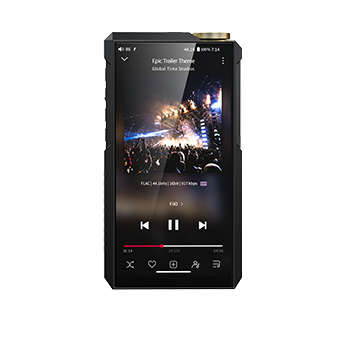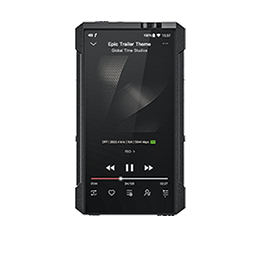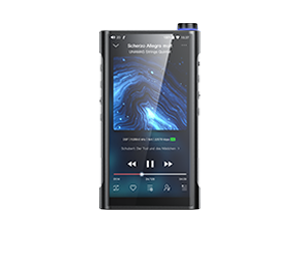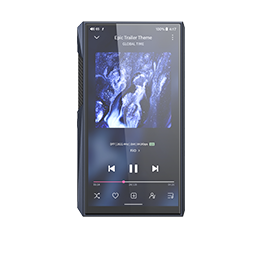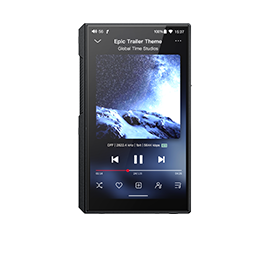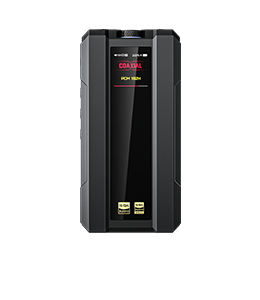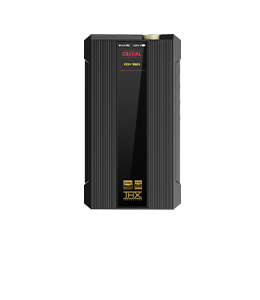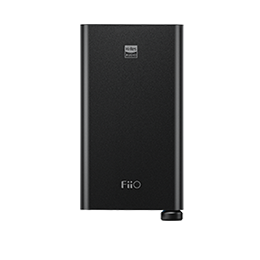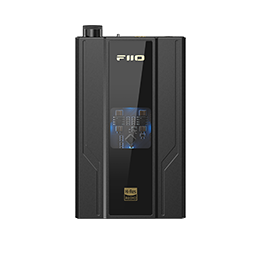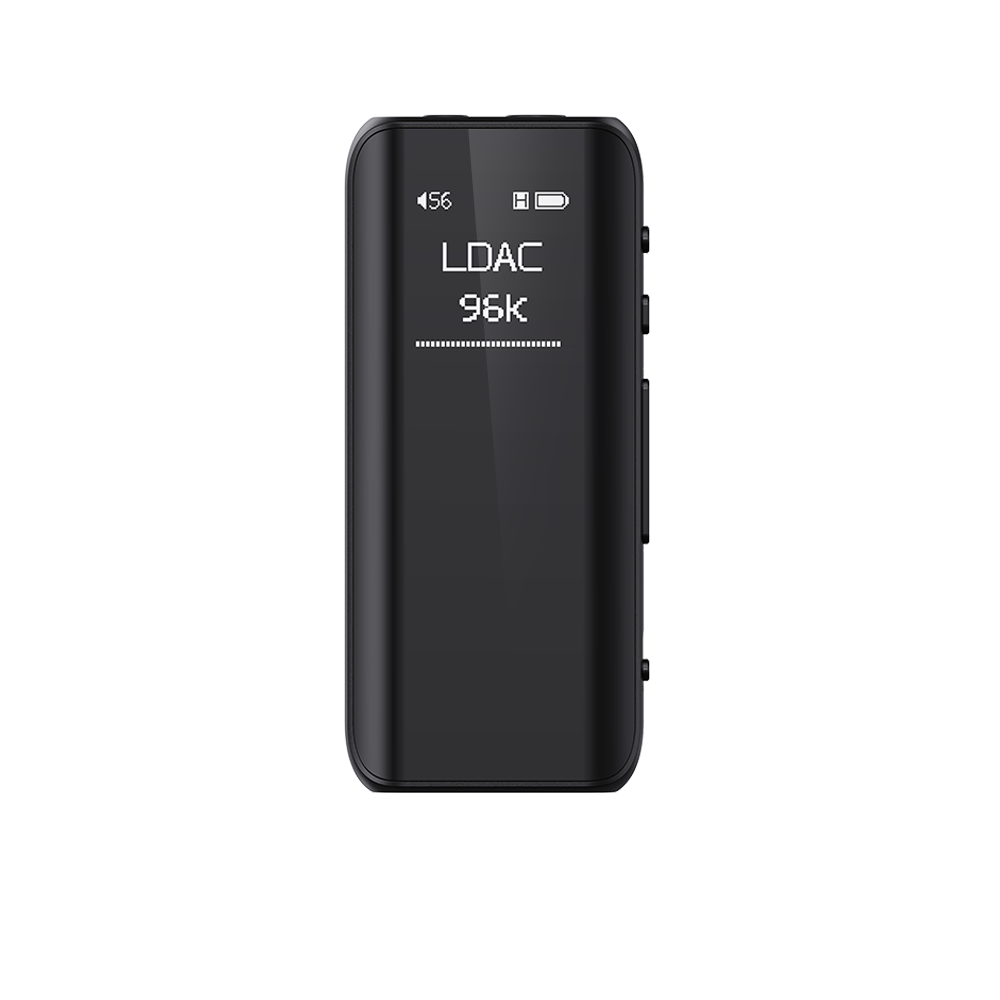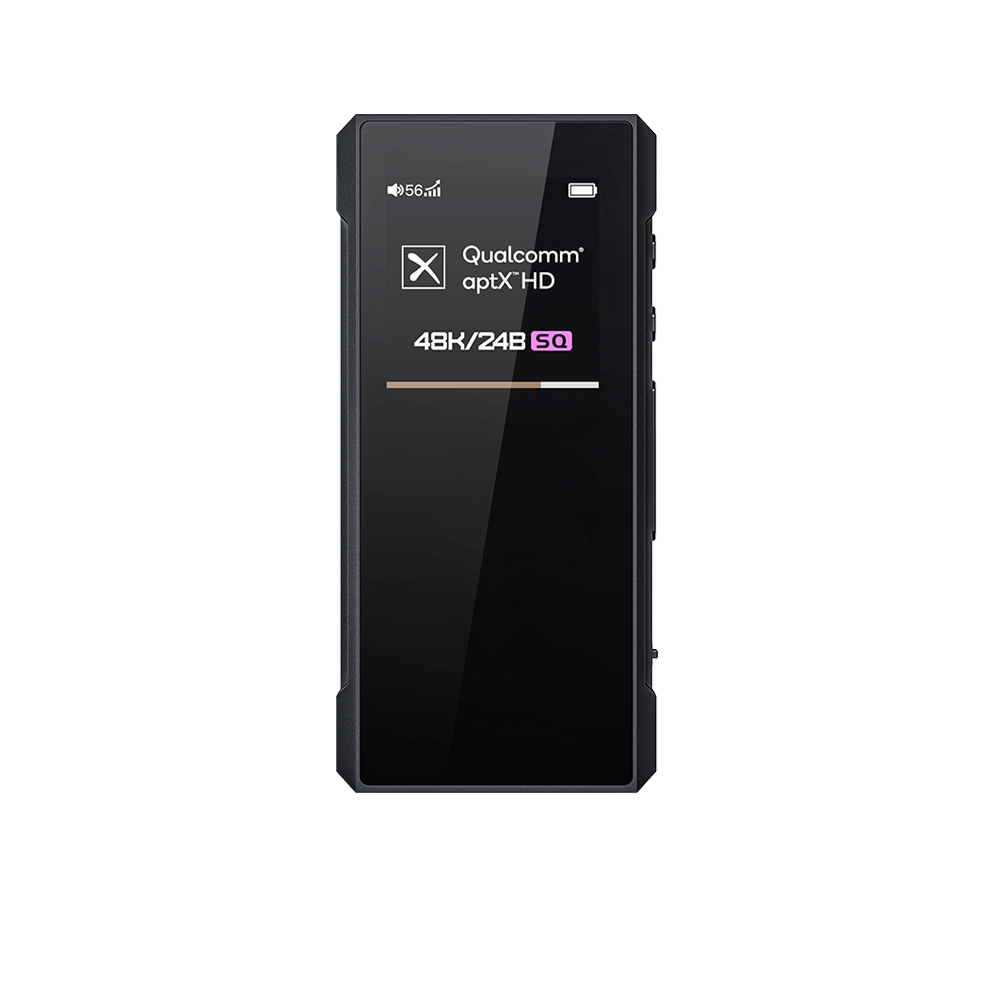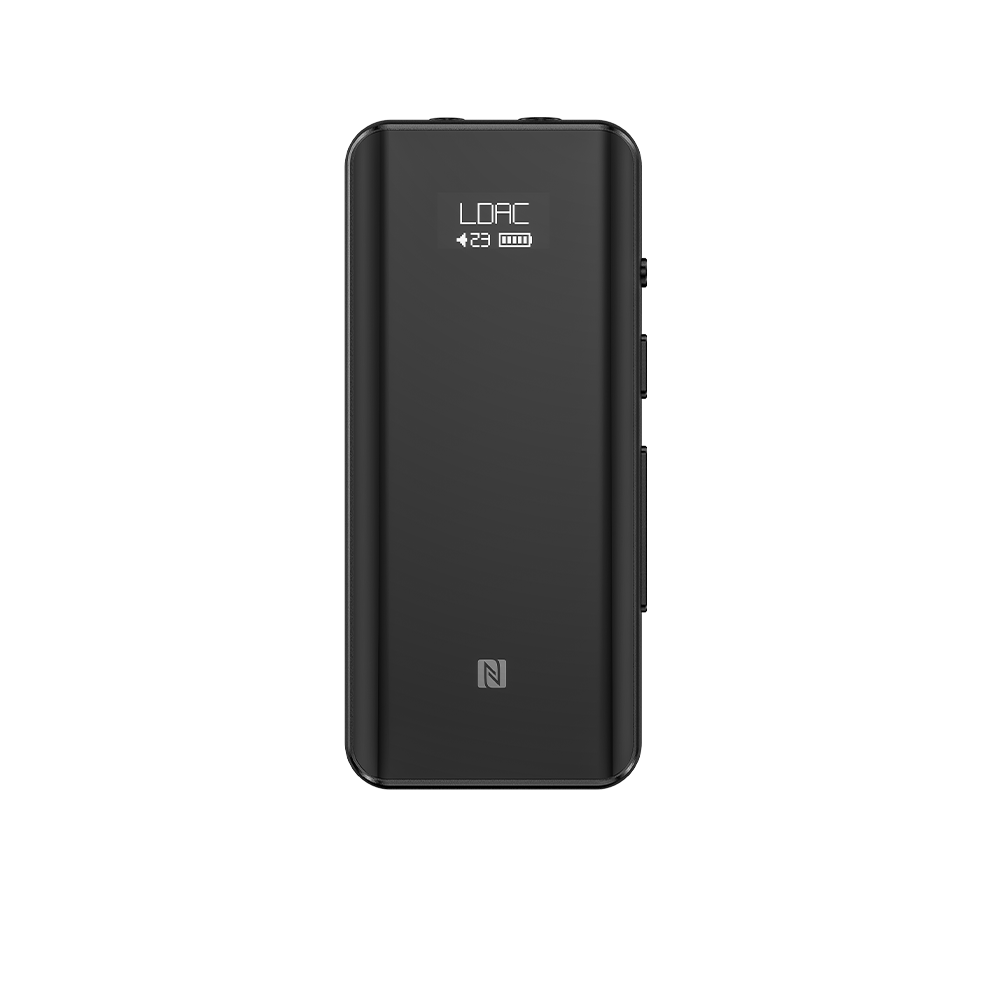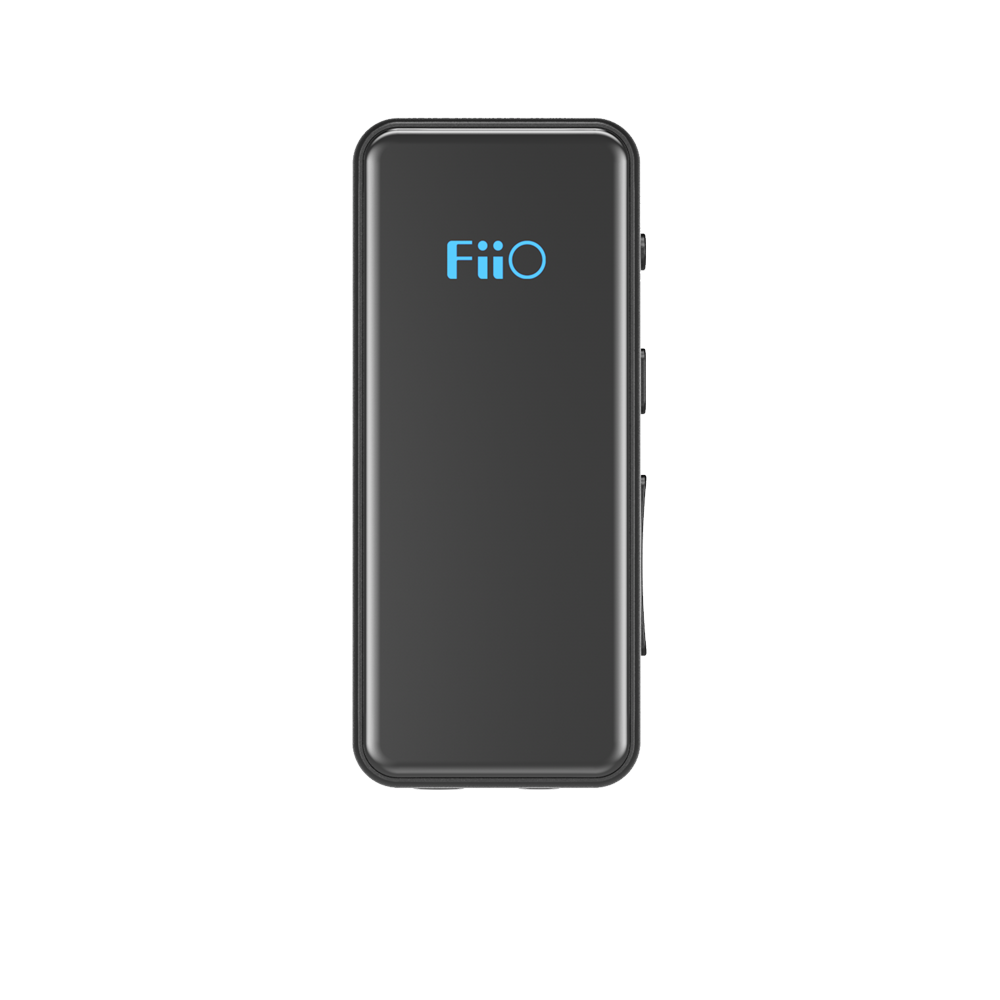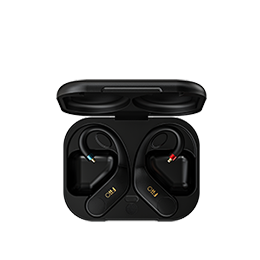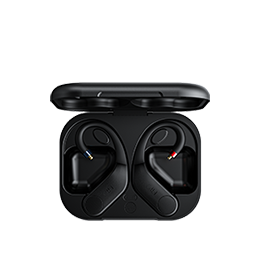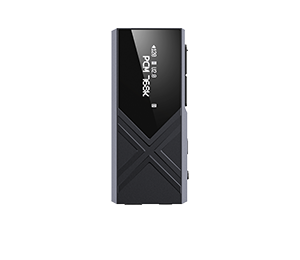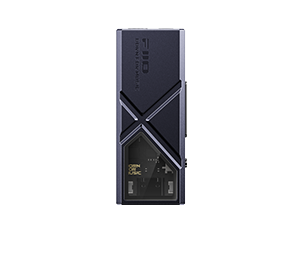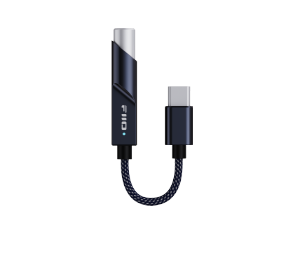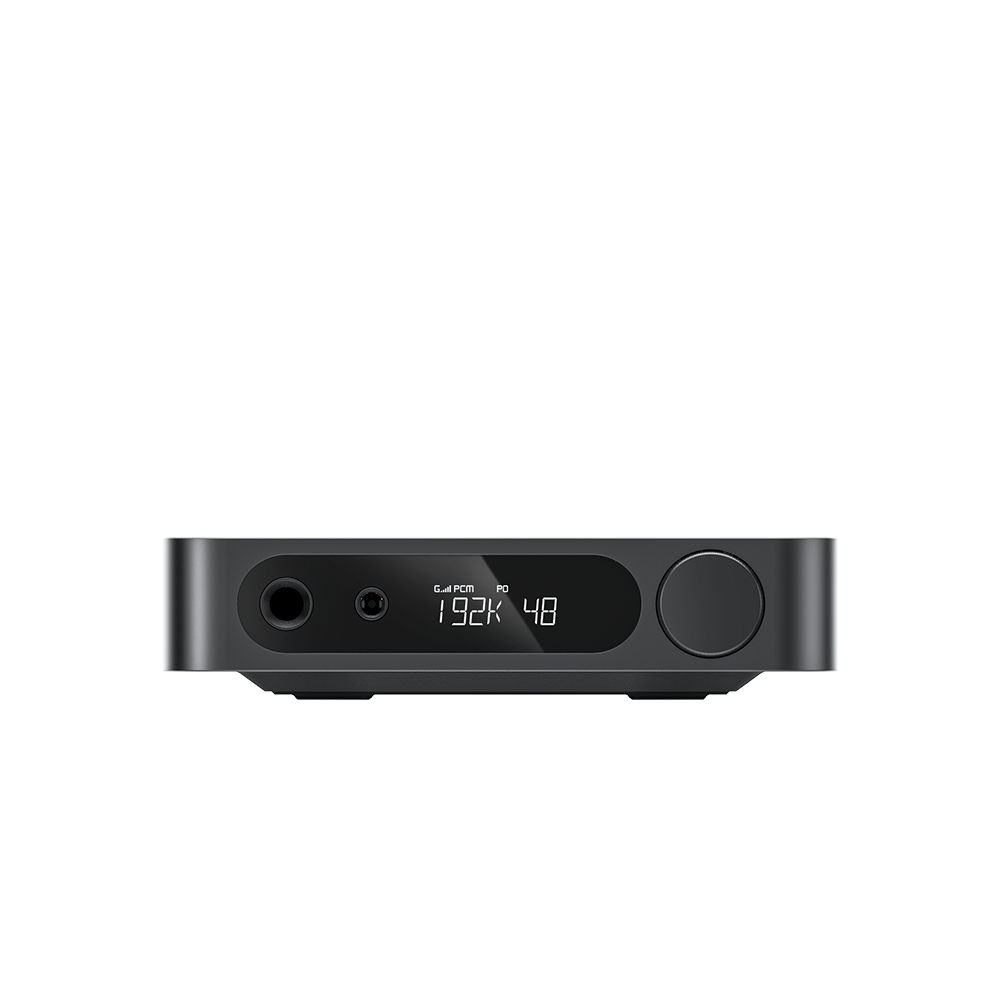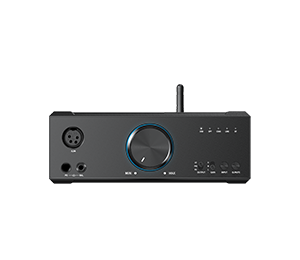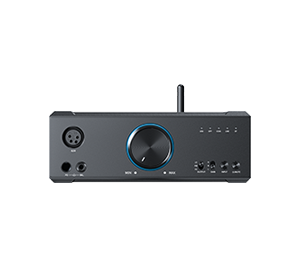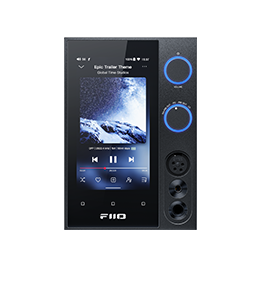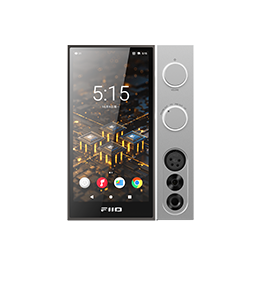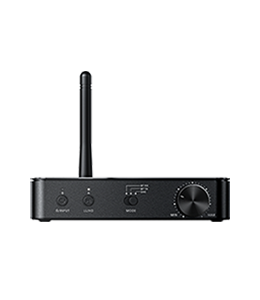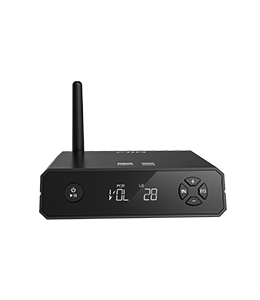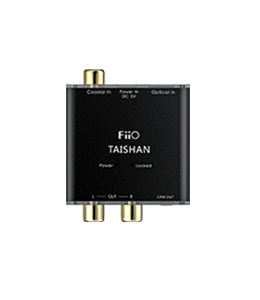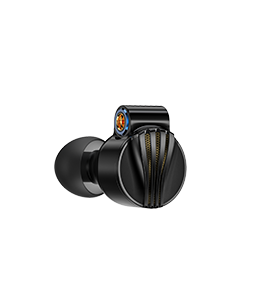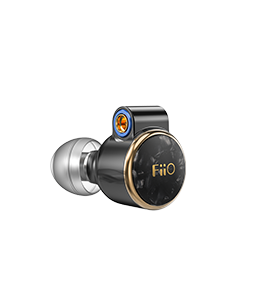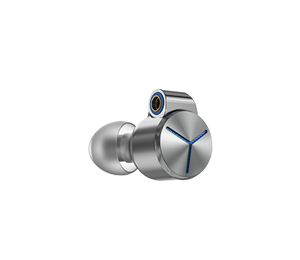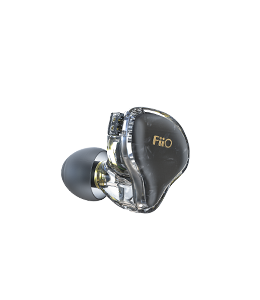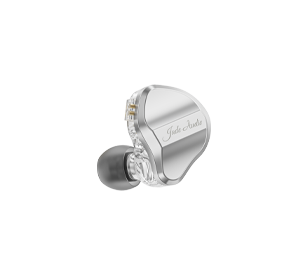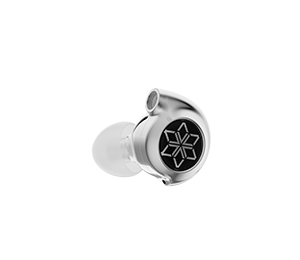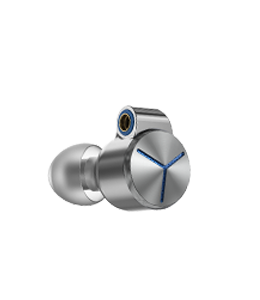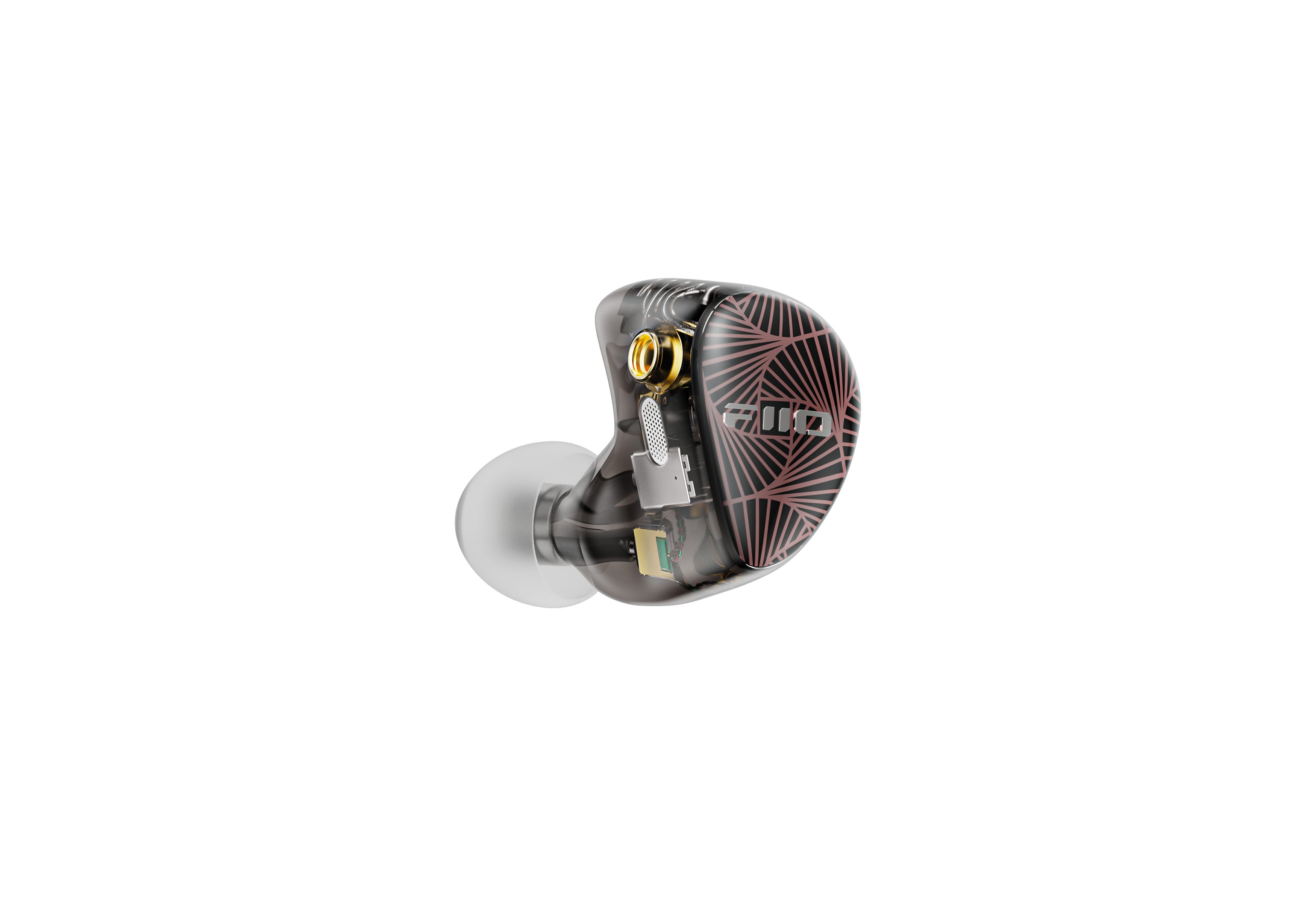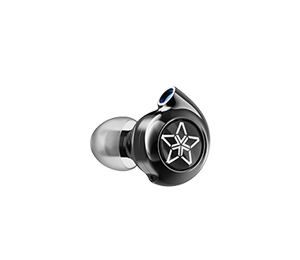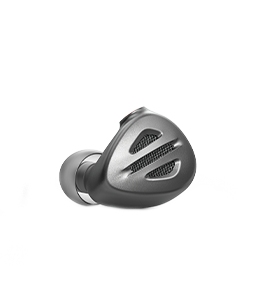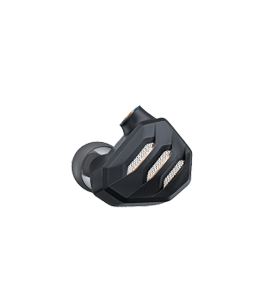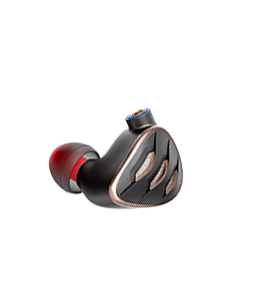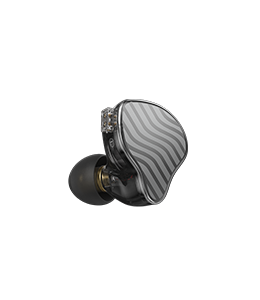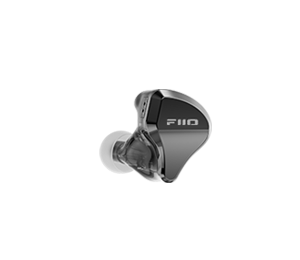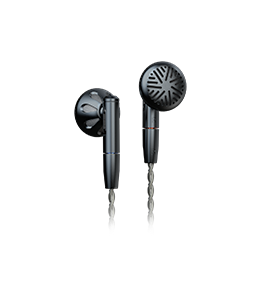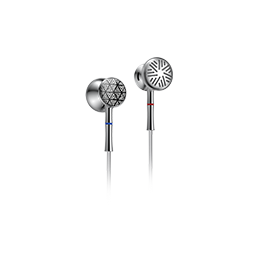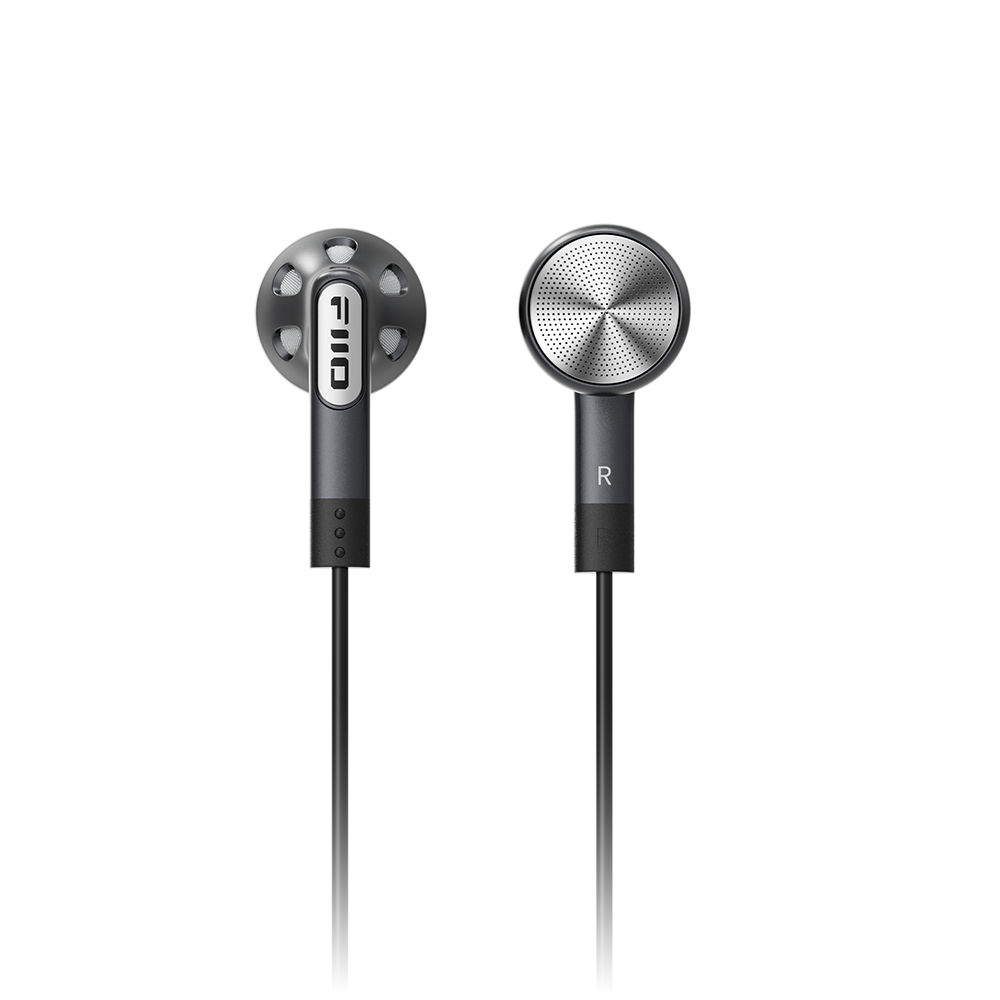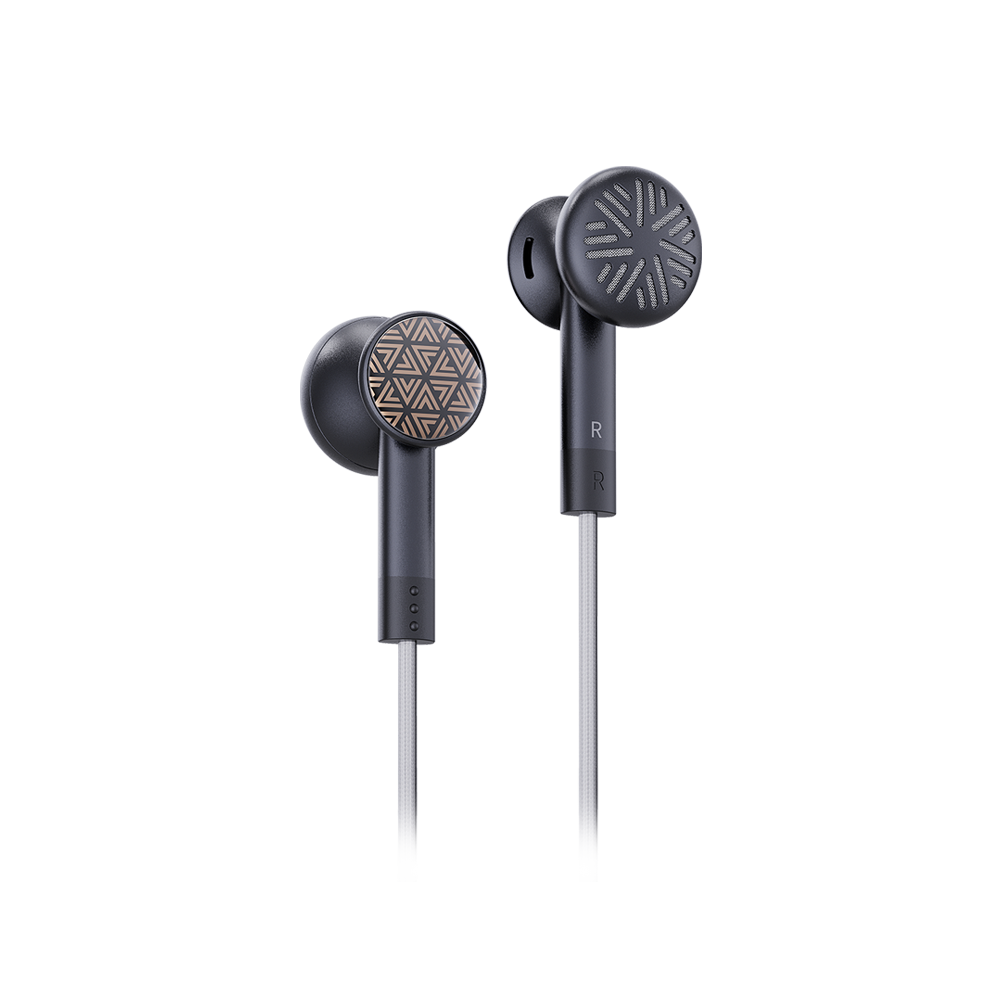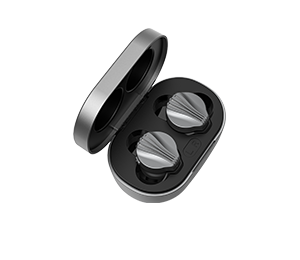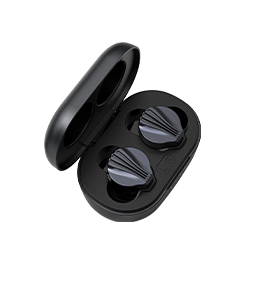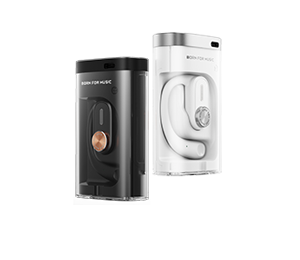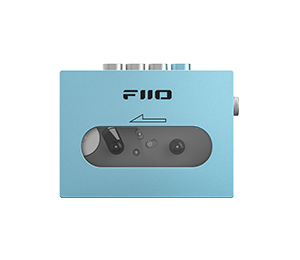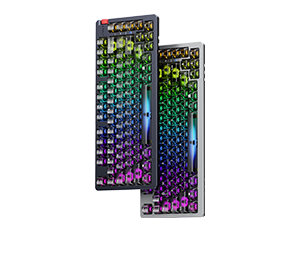REVIEW: FIIO X7II – AWARD MATERIAL
Author:Lieven
Review from:Headfonia
→→ Read the original article on Headfoni:>> Click here
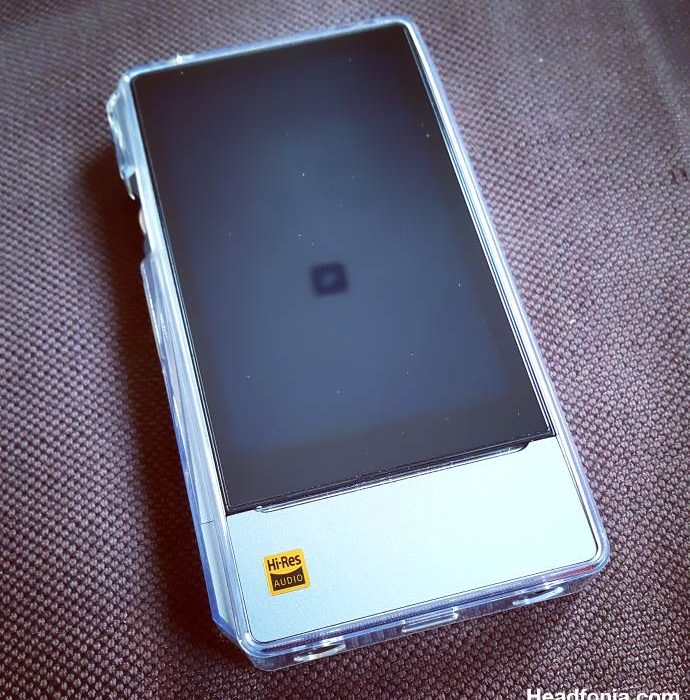
Disclaimer: The sample of the Fiio X7ii DAP was sent to us free of charge. Fiio also is a site advertiser but if you’re read our reviews you know we will always look at a product in an objective way. Fiio also insist that all reviewers are critical and honest.
Fiio
The Chinese based Fiio never stops innovating and it’s one of the most active companies when it comes to product development, and most of all, upgrades. Not very long ago Fiio launched the 3rd generation already of their very successful X5 portable player and now it’s also time for an update of their flagship DAP, the X7. The original X7 was launched around the beginning of 2016 if I’m not mistaken so at the same time I’m not surprised Fiio is upgrading their TOTL offering after a year and a half.
The first time I saw the new Fiio X7ii was at the High End show in Munich where Fiio’s CEO was present himself. HE showed me the X7ii and a whole bunch of other devices, of which some will still have to be released. So keep your eyes open for more updates. But back to the new Fiio X7ii aka the 2nd generation X7 aka the Fiio X7 mark 2.
The web page of the Fiio X7ii can be found right here, on Fiio’s website
Design
When Fiio released the 3rd generation of their X5 DAP, everyone fell in love immediately with how it looked and how easy it was to use compared to other DAPs. Sure there were some funny comments on how it was made to look like the Astell&Kern AK380 but in the end that Fiio design really was excellent. It actually also I my personal favorite Fiio DAP design, and I prefer its looks and usability over those of the original X7 and even this new X7ii.
As everyone loved the X5iii design, it was clear Fiio was going to do something with that for the X7ii. The problem of course was that the X7-series are using the changeable AM amplifier modules, so they couldn’t just copy the X5iii’s design. Fiio came up with a sort of hybrid design which basically is a mix of the X5iii’s lay-out and the X7’s vertical looks and dimensions.
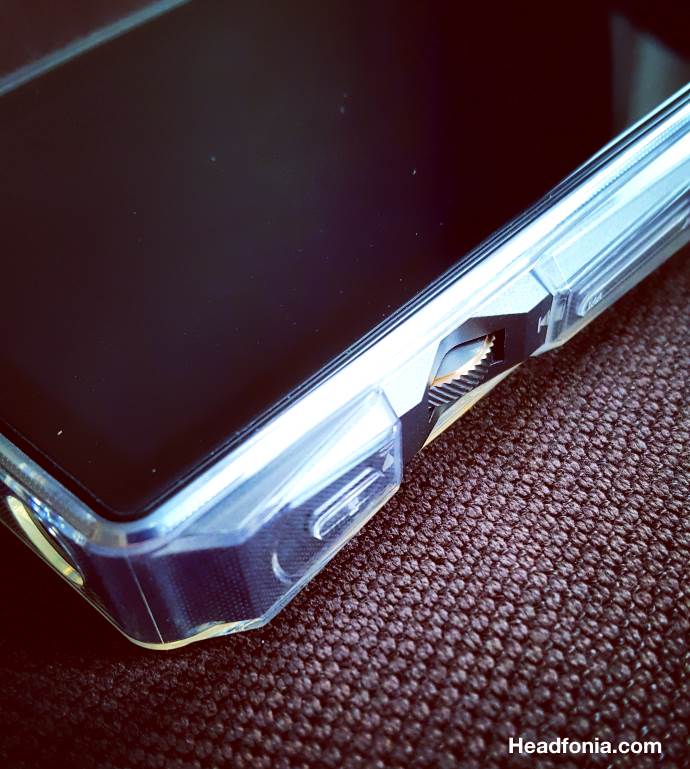
The new Fiio X7ii measures 128.7 x 67.2 x 15.5 and weighs only 210g which makes it slightly lighter than the 220g X7. The Fiio X7ii still shares the 480 x 800 (3.97″) IPS TFT touch screen for that matter, and it comes with a pre-applied tempered glass screen protector. You can still use the old AM amplifier modules on the X7ii but with the new modules, like the AM3A, you will have to use the side mount to make the design keep its slick looks.
The silver X7ii’s frame is as good and beautiful as it was before (titanium colored CNC Machined aluminum alloy). It’s also very nice to see the color of the AM modules now finally fits the color of the X7ii’s body.
Lay Out
Something that hasn’t changed is the typical blue LED on the front of the player. Some like it, some don’t but in the end it can be personalized, so if you don’t like it you can just turn it off. It’s a bit of a shame that the screen or at least the screen’s/glass surface doesn’t cover the full size of the player as it does with AK or the X5iii in example, but as Fiio is using the bottom mounted AM modules, that simply isn’t possible. It would have made the X7ii look a whole lot more sexy though.
On the left side of the player we now find the play/pause button on top with the new non clickable volume wheel situated right below. Right under the volume wheel you can find the previous and next button and that’s all there is to see, as the volume button made a move to the top right side of the player. That’s actually a welcomed change for me and I’m sure the majority of X7 users will feel the same. On the left side of the top you’ll find the 3.5mm output which has a triple function: Analog line out, Digital optical out and digital coax out.
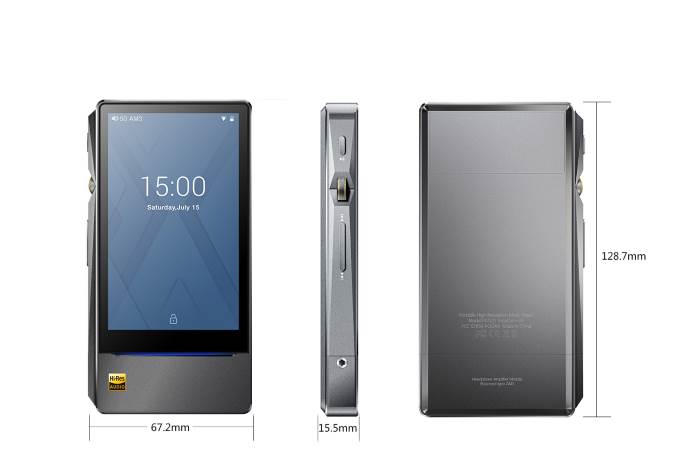
The right side of the player features the double MicroSD slots, and on the bottom from left to right you have the 3.5mm headphone out, the Micro USB port and the 2.5mm balanced headphone output. Personally I button-wise like the lay-out of the X7ii a lot, even though they could have incorporated the play/pause button in the volume wheel by making it clickable (think SP1000). It would have made the design/lay-out a tad slicker but it’s not a necessity to have this feature.
The X7 mark ii – Inside
On the inside quite a few things are new and Fiio uses it in their marketing campaign.
“Thoroughly transformed, inside and out”
First of all the Fiio X7ii uses a new DAC chip and Fiio have moved up from the ESS9018 to the ESS9028PRO which is a very logic choice. The Fiio X7ii, besides the regular formats, handles DSD, DXD, PCM hi-res up to 384kHz/32BIT and Wav up to 384kHz/64bit. A full over view of file-types can be found on Fiio’s website (see link at the end).
Another important change is the use of 3 Crystal Oscillators. Not only more than in the Fiio X7 but also faster and that leads to reduced jitter, increased clock precision/stability and a more correct Digital to Analog conversion in general. The battery size has increased from a 3500mAh to 3800mAh and it should be capable of producing 8 hours play time. Of course that depends on the files to be decoded and the output used. The Fiio X7ii does have a rapid 9/12v charging system though.
Next to that the new X7ii gets 2GB of RAM (1GB before) and instead of the single MicroSD slots on the X7, the mark ii now features a double slot, allowing up to 256gb each. The internal memory got upgraded as well from 32Gb to 64GB which means the X7ii in total has a 576gb storage potential. And then there’s streaming…
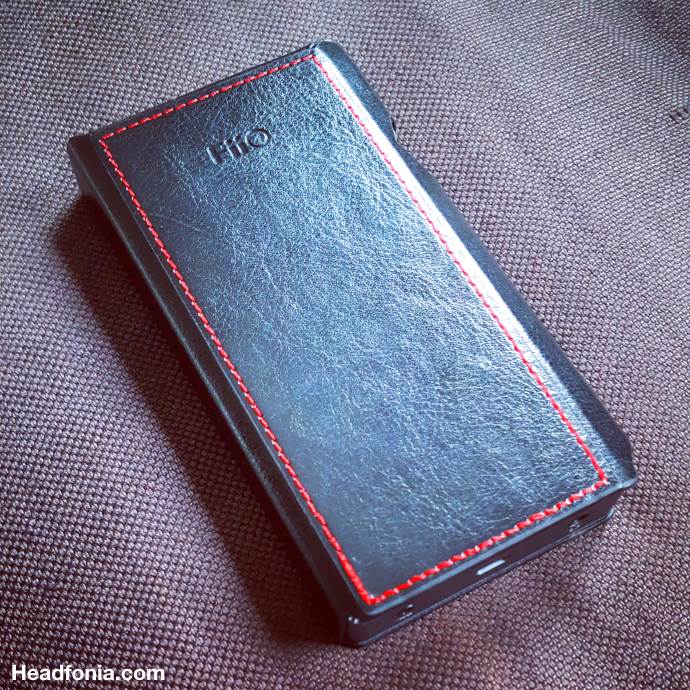
Another change is that Fiio finally decided to add an optical output via the 3.5mm output. The X7ii now has 3 digital outputs (coax, optical, USB), 3 analog outputs (Line out, 2.5mm balanced and 3.5mm single ended) and then there’s theX7ii’s improved wireless connections: Wifi and BlueTooth (4.A & aptX). Like many, I was a bit surprised to still see a micro USB output at the bottom of the unit. More and more companies are switching to the more developed USB-C and I like that trend. (The AK KANN even has both) On the other hand, Fiio is still heavily using and promoting their K5 docking station, and as that is equipped with Micro USB, I don’t see then changing their mind any time soon. Maybe the X7III or IV will have the USB-C feature…
The X7ii review continues on Page Two after the click HERE or the jump below

Last but not least, the Fiio X7ii comes delivered with a brand new version of their balanced AM module, named the AM3A. Being a fan of balanced sound, the old AM3 module is my favorite one and this AM3A performs even better. The AM3A still has the double single ended and balanced output but it respectively delivers 200mW and 380mW (at 16Ω) which are both lower than the what the AM3 module put out (250mW & 420mW). The AM3A module uses the AD8620 operational amp as well as a tailor made OP1926 opamp. All the old X7 modules can be used with the new X7ii.
Fiio also made this excellent comparison between the X7 – X5iii and X7ii, you can check that out right here: http://www.fiio.net/en/products/71/comparisons
Accessories & Price
The new Fiio X7ii this time round comes with a leather case with red stitching, the original X7 didn’t come with a leather case if I remember well. The new leather, although I’m not a fan of its black & red looks, works really well. There a nicely cut out part for the volume wheel but all the other buttons have to be clicked through the leather. To be honest I’ve been mostly using the X7II without its leather case.
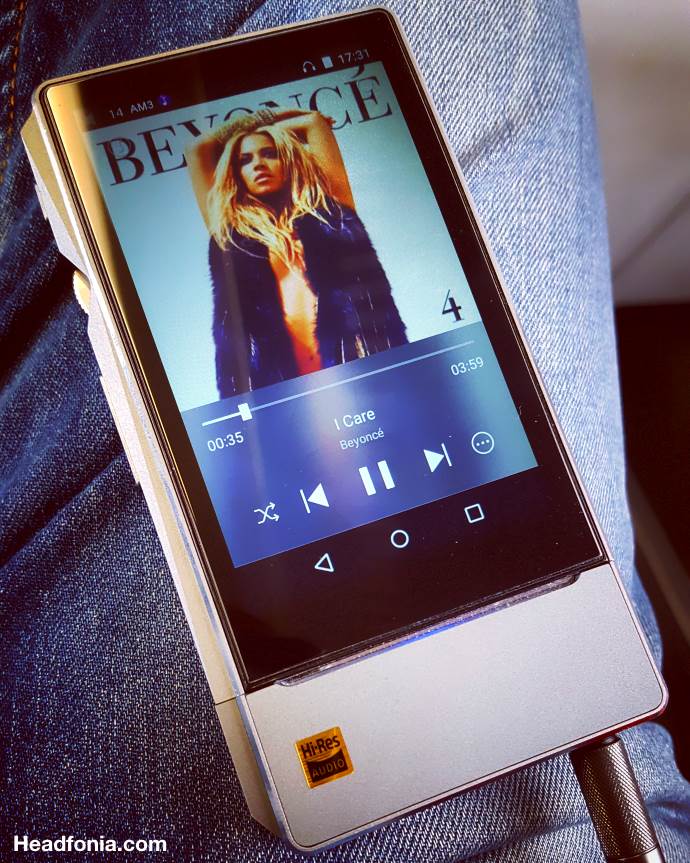
Next to the case, the Fiio X7ii comes with the typical USB charging cable, coaxial adapter, warranty and quick start guide. Where you before got a tiny little screwdriver to replace the AM modules, you nog get a bigger, easier to handle screwdriver.
You get all this for the official price of $669.99 via Fiio in their Aliexpress shop.
Firmware/ User Interface/ Usability
The Fiio X7ii uses Android 5.1.1 and basically – a part for some little changes – it works just like the X7 and the X5iii. So if you really haven’t seen or used any of these players yet, I suggest checking out our previous reviews of both the X7 as the X5III to read up on their usability:
Fiio X7: https://www.headfonia.com/review-fiio-x7-fiios-number-one/
Fiio X5iii: https://www.headfonia.com/review-fiio-x5iii-3rd-generation-the-one-that-could/
Button and lay-out wise the Fiio X7 is easy to handle and you can even perfectly do so with just one hand when using the external buttons. Of course that’s just the case when you’re listening to music and only need to pause the track or switch songs and change the volume.
Just like with these models, the X7ii does updates on the fly (OTA) and it has the handy option to switch between the Android and Music mode. New is the fact that you can access some of the menu options by clicking the 3 dots in the now-playing screen (right next to the fwd button). Using the X7ii is easy and straightforward and after five minutes you’ll pretty much where everything is hidden.
Some things I don’t like at the moment are the fact that the X7ii on each reboot switches off the shuffle setting and that it reads my 200gb card really slow. When reading songs from the card you easily have to wait for a second or more before the song to switch, and it takes even longer for the screen to update with the new song that’s playing. This doesn’t seem to be the case when playing songs from the internal memory, so I’m hoping a next firmware upgrade will solve this issue. Or maybe it’s just an isolated case with my review unit, that can always happen.
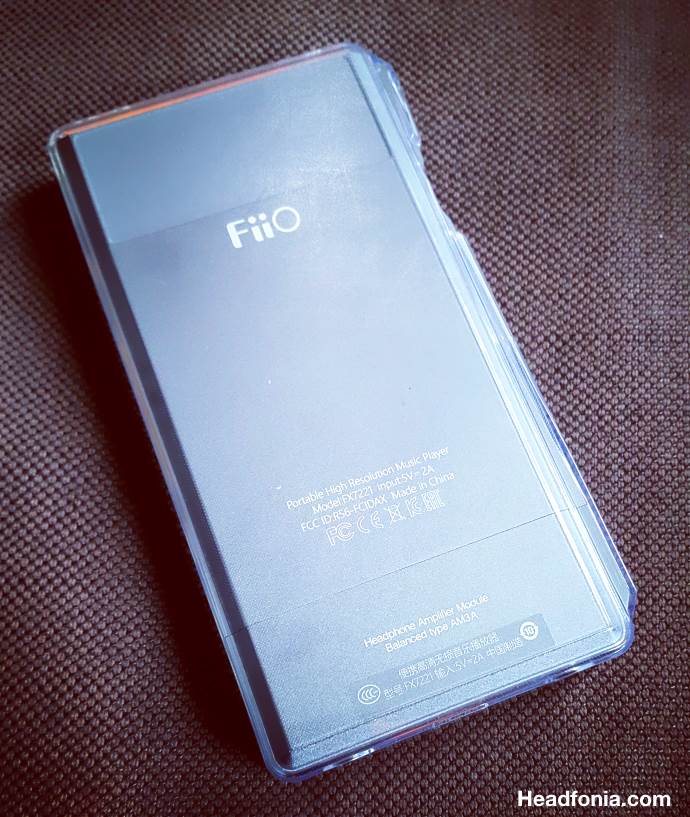
Because of the Fiio X7ii using the latest Android version, you can easily access the google store and download all the software you want/need. You can of course also transport any APK files on to the X7ii and install them. I myself installed Tidal, Spotify, Last.fm (scrobbler) and Hiby player. I actually also use the Fiio X7II as a sound recorder with my Rode microphone.
A feature I really love (it isn’t new) is the fact that the Fiio X7ii allows you to (automatically) search and download the album art & lyrics information when connected to the internet over Wifi. Like before the tool isn’t perfect but it does allow you to delete the art/lyrics or simply choose different ones. Another cool thing is the new VU meter Fiio incorporated in the software. I hardly ever use it as my screen is off most of the time, but when it is on, it’s the VU meter (or the lyrics) which I’m looking at.
New with this DAC chip – and we’ve seen this in other DAPs already – are the digital filter quick settings which allow you to tune the sound to your preference. You have six different options: Fast Roll Off Linear Phase, Slow Roll Off Linear Phase, Apodizing Fast Roll Off, Fast Roll Off Minimum, Phase, Slow Roll Off Minimum Phase and Brickwall. My personal favorite is the first one but it depends on your hearing and the headphone used in what degree you will hear the impact of the filters on the sound.
In general the Fiio X7ii is easy to use and the user interface is easy and fast (beside the track switch issue described above) and there really isn’t anything to complain about. At the same time, when you’re used to the performance and speed of the AK SP1000 in example, then the Fiio X7ii and all of its rivals at that level still are relatively slow.
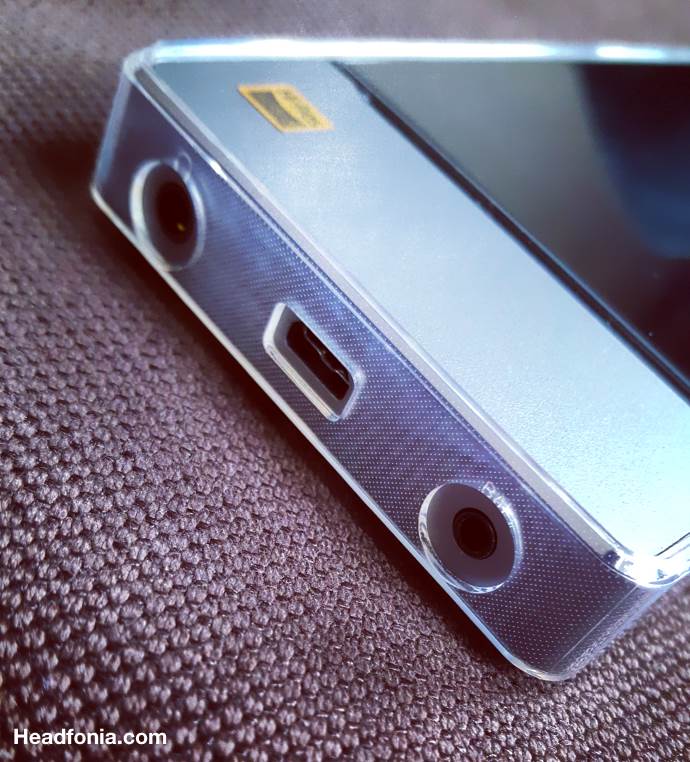
One issue I haven’t figured out yet is that some of my songs sometimes get played in fast forward. I think it’s related to the type of compression used but I haven’t gotten to the bottom of it yet. If you’ve experienced the same thing, do let me know in the comments.
Curious how it sounds? Then click HERE to go to Page Three of the review

Sound
If you don’t feel like reading everything I’ll make it very clear (and short) for you: The Fiio X7ii, together with the X5ii, is my favorite Fiio DAP. I personally think that the new X7ii with the ESS9028PRO DAC chip and the new AM3A balanced module is the best sounding Fiio DAP on the market. Is it perfect? No, not yet. As I said earlier both the single ended as the balanced output still are a tad noisy with sensitive gear but this issue (some people don’t hear it) has already improved quite a bit compared to the X5iii and X7 (less power). If you can look past the noisy output then you get a clear and clean presentation of sound, which is precise and energetic.
You get a good level of detail with excellent separation and enjoyable layering and in this price segment the new Fiio X7ii for sure is a top contender (see comparisons later). Gone are the days where Fiio delivered extra bass and a warm smooth laid back sound. The AM3A delivers clarity with a tuning that’s more to neutral side and the X7ii presents it in a clean but musical way. I would never call the X7ii warm or smooth, but as a flagship it of course wasn’t intended to sound that way.
From bass to treble the X7ii/AM3A combo has a linear presentation with no real boosts anywhere. Bass is tight, very fast and has a neutral amount of body. Bass has good detail but at the same time it’s not the very best, the same goes for depth and layering. It’s detail, clarity and tightness over depth, sub bass and body. Like the bass section, the mids section has a neutral tuning where speed, separation and detail are most important. If you’re looking for smooth, deep and layered mids, you might have to look elsewhere. Clarity and dynamics are the key words here. The voices are a little more in the front but it makes them engaging and precise. If you’re looking for soft and smooth jazz voices you won’t find them here, but you’ll get excellent fast and energetic vocals when listening to rock and metal.

The treble section continues this trend of clarity and precision. I feel treble is further extended than the bass with more sparkle to it. It’s presented in a clear, clean and energetic way. It’s not the most refined, detailed or – again – layered – treble but that of course wouldn’t fit in with the rest of the X7ii/AM3A tuning. Treble is neutral and never harsh or sibilant but I can image some listeners already finding it too intense.
2.5 & 3.5
Some people don’t believe in balanced but if you’ll give it a chance you will hear that the balanced output sounds more natural, with better separation, dynamics and a wider presentation. Sure it might seem like you lose some bass impact but basically this is because you have a wider, less intimate stage. It however is bound to be more noisy on the Fiio, compared to its single ended output. I for one prefer the balanced output over the SE one with my collection of monitors.
Power wise, the AM3A isn’t number one and if you’re looking to drive a low sensitivity full sized headphone, you better look in to using the X7’s “old” power module.
USB DAC
In order for your X7ii to work on your Windows pc, you’ll need to install some drivers and the Fiio Control Panel. Installation is easy and I didn’t encounter any issues getting it recognized by my pc or Roon. The only think I’d like to alert you of is to not put in your IEMS (not in the player or your ears) as the X7ii while connecting the DAC makes very high ton bleeping sounds and pops. You’ll curse the first time and even more so the next, but from that point on you won’t forget. Again, I hope this is an isolated issue with my sample.
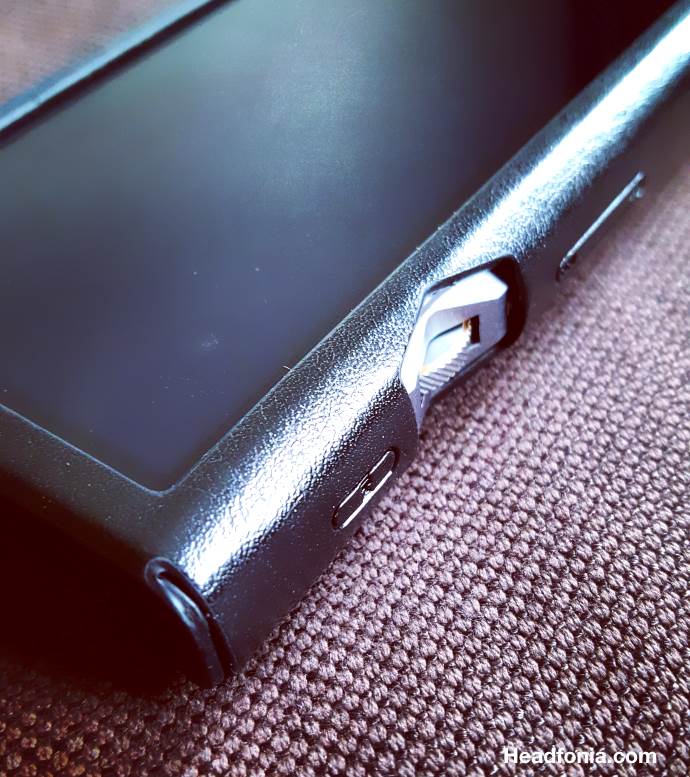
Sonically I can refer the previous chapters on sound as the USB DAC function sounds exactly the same as the X7ii in standalone mode.
Digital out
Here’s where it gets a little more tricky. Getting the X7ii to work as source for other DACs isn’t always evident, but that most likely isn’t the Fiio’s fault.
Chord Mojo: Easily connects over USB, coax and optical without any issues.
Chord Hugo 2: Easily connects over USB, coax and optical without any issues.
ALO Audio CDM: The CDM only has one digital (USB) input but my non-modded version doesn’t connect to the new Fiio X7ii
RHA DACAMP L1: The L1 unfortunately doesn’t connect to the X7ii over USB but it does connect using the optical input
So if you’re planning on using the X7ii with your DAC of choice, I suggest reading up on it first, just to make sure it will actually work. Of course the best thing you can do is try for yourself but I know that isn’t always a possibility.
With the Hugo, Hugo 2 and Mojo I have always preferred the coaxial input over the others, at it has a little more body and I find it the most analog sounding. It’s no different this time with the Fiio X7ii, but in all fairness the X7ii/Chord combo also sounds really good using the USB or optical output.
The part on Sound continues on Page 4 of the review, HERE

Analog Line Out
I rarely use the Fiio X7ii as a DAC in combination with any of my portable amplifiers or desktop gear but the Line Out works just fine. The ESS9028PRO is clean, clear precise and detailed and that’s exactly what you get from the Line Out. The output voltage of the new X7ii is a little higher than that of the original X7 and with the improved SNR numbers, it should sound even better than it already did.
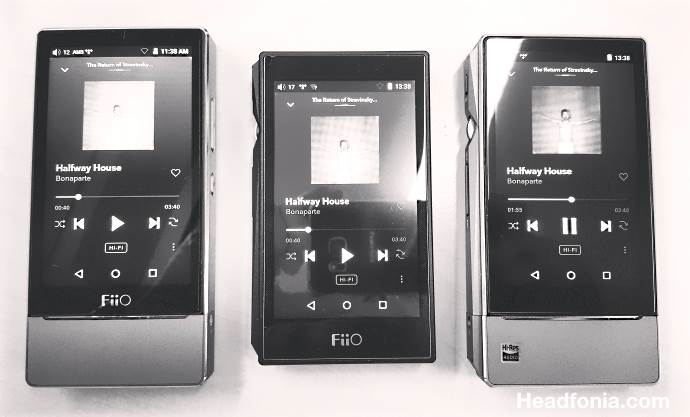
Vs other DAPs
The official price of the new Fiio X7ii is set at $669.99USD (via Fiio/Aliexpress) and two direct competitors we really like are the L&P L5PRO ($799) and the Astell&Kern AK70 ($599). Then there’s the Fiio X5iii ($399) and the original Fiio X7 as everyone wants to know how they sound compared to these.
Fiio’s X5iii has a double AK4490 chip – which are the same as the AK380 uses) and it comes with only 1GB of internal memory. For me the X5iii still has the best design and shape. Usability wise both players are very much alike but the new X7ii is snappier and quicker to the touch. As mentioned earlier, the X7ii still can make progress in this field. The Fiio X5iii doesn’t work with AM modules but it does come with a 3.5mm and 2.5mm output. Both outputs are more noisy than the ones on the X7ii and you get a greatly musical, smoother presentation compared to the clean and clear signature of the X7ii. The bass in the X5iii is not as tight and fast and it tends to overshadow the clarity and detail. When coming back from the X7ii to the X5iii you also immediately notice the more intimate stage (with good depth). The Fiio X5iii is warmer, musical and easy to like but the X7ii simply is the more precise, faster, cleaner, wider and most detailed one. Most people call this the audiophile tuning (with the more forward vocals) where the X5iii would have the musical/fun tuning, but don’t get me wring as the X7ii is musical in its own way.
Its predecessor, the Fiio X7 uses the ess9018pro DAC chip and also comes with one 1GB memory. Going back to the original X7 for me is tough in both handling as well as sound. The buttons of the X7ii are just easier to control and while the X7/AM3 combination sounds really good, the X7II/AM3A combo just sounds better. It’s more detailed, more dynamic and more spacious. The X7 has a slightly more relaxed presentation compared to the energetic X7ii but in all honesty, the original X7 is very good sound wise. The X7ii just is a bit better in everything and it produces less noise with sensitive gear. For me personally the answer to the update or not question is easy: immediately, both for sound and handling. And check out the difference in screen contrast!
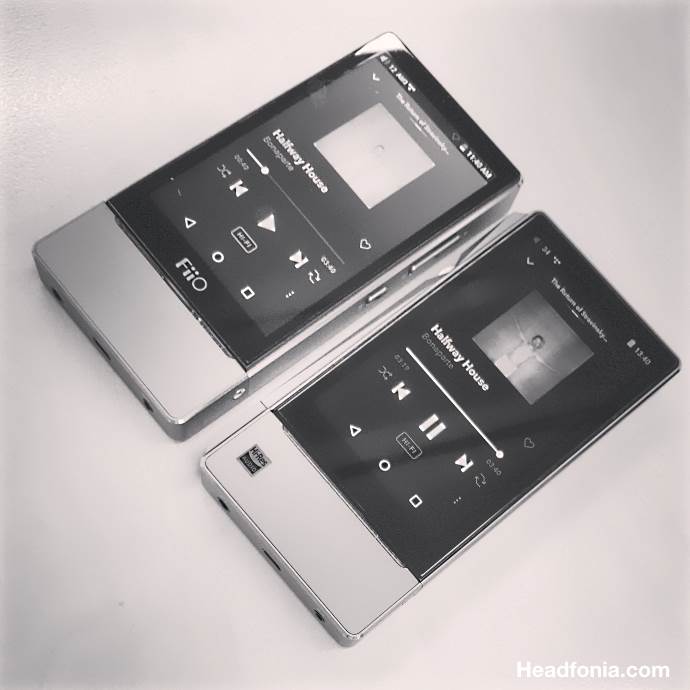
The Luxury & Precision L5PRO has one AKM Verita 4490 chip but the implementation is fantastic. You get an ever richer sound with better layering and depth but you don’t get the clarity, speed and dynamics the Fiio X7ii has. The L5PRO has fuller body like the X5iii but quality wise it plays at a (much) higher level. It’s smooth and extremely musical but it lacks some clarity, precision and energy, things the X7ii is perfectly mastering. And then there’s the L5Pro’s leather case, which still is the best quality on the market. Once you’ve listened to the L5PRO you’ll fall in love with how it sounds but the UI is just back to basics with very little support. The X7ii might not sound as good as the L5PRO but everything, and I really mean everything, else is much better on the Fiio X7ii.
The Astell&Kern AK70 uses an even different CS4398 chip and it has won a double DAP award from us in 2016. In 2017 however, the AK70 is still a superb player on the market. It’s price is very close to that of the X7ii so they’re direct competitors. User wise I like both players but the Android version of the Fiio X7ii simply is much more advanced. Sure the AK70 always works perfectly and it reacts faster than the X7ii (as mine anyway) but you can just do so much more with the X7ii. Format & pocketability-wise however, the smaller AK70 has the better cards. Sound wise these are both great but very different. Where the AK70 is near quiet, the X7ii still is a bit more noisy. The AK70 has a smoother presentation where the X7ii again is more clear, precise, fast and energetic. The AK70 to me is like the good sounding X5iii if you know what I mean, but in technicalities the Fiio X7ii simply wins. Both great players, but it depends on the type of sound you preferred.
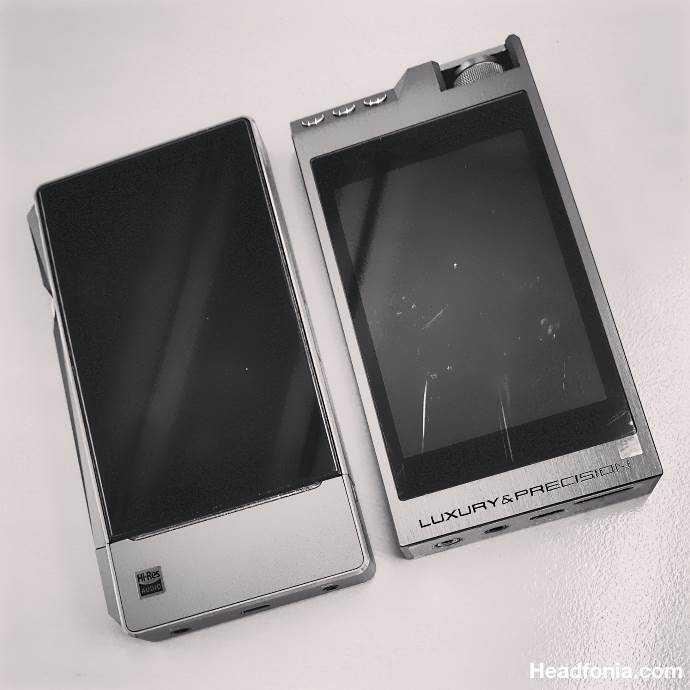
End Words
I’ve said it before and I’ll say it again: the Fiio X7ii is Fiio’s best DAP they’ve ever made and the greatest part is they keep on getting better and better. Sound wise it has the typical audiophile tuning with a focus on clarity, precision, energy and speed. Tuning is neutral yet remains musical at all times with slightly more forward voices.
The design mix between the X5iii and the old X7 simply works and the X7ii is a pleasure to work with. The Android system allows you to be creative and lets you install all the apk’s you want. At the same time there still is margin for improvement both UI as sound wise and them I’m mostly thinking about reactivity, background noise and richness/spaciousness. But we shouldn’t exaggerate as the Fiio X7ii simply is a gorgeous sounding DAP while it’s still a bit early in the year, this X7ii has a fat chance of winning the sub 2017 $1000 DAP award. It’s that great.
Specifications
The list is long, follow the link here to get the complete specs: http://www.fiio.net/en/products/71/parameters
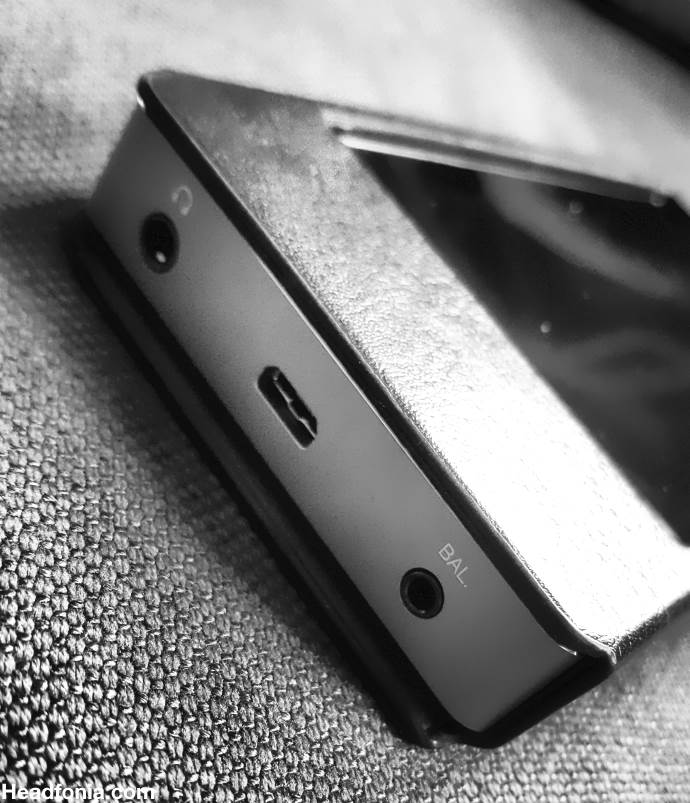
→→ Read the original article on Headfonia : >> Click here



